By - Munishwar Vasudeva
Rice Technology
This book explores the complete rice milling ecosystem—from traditional methods to cutting-edge innovations. Designed for millers, engineers, and agri-tech professionals, it focuses on value addition, cost reduction, and commercial scalability of rice processing technologies.
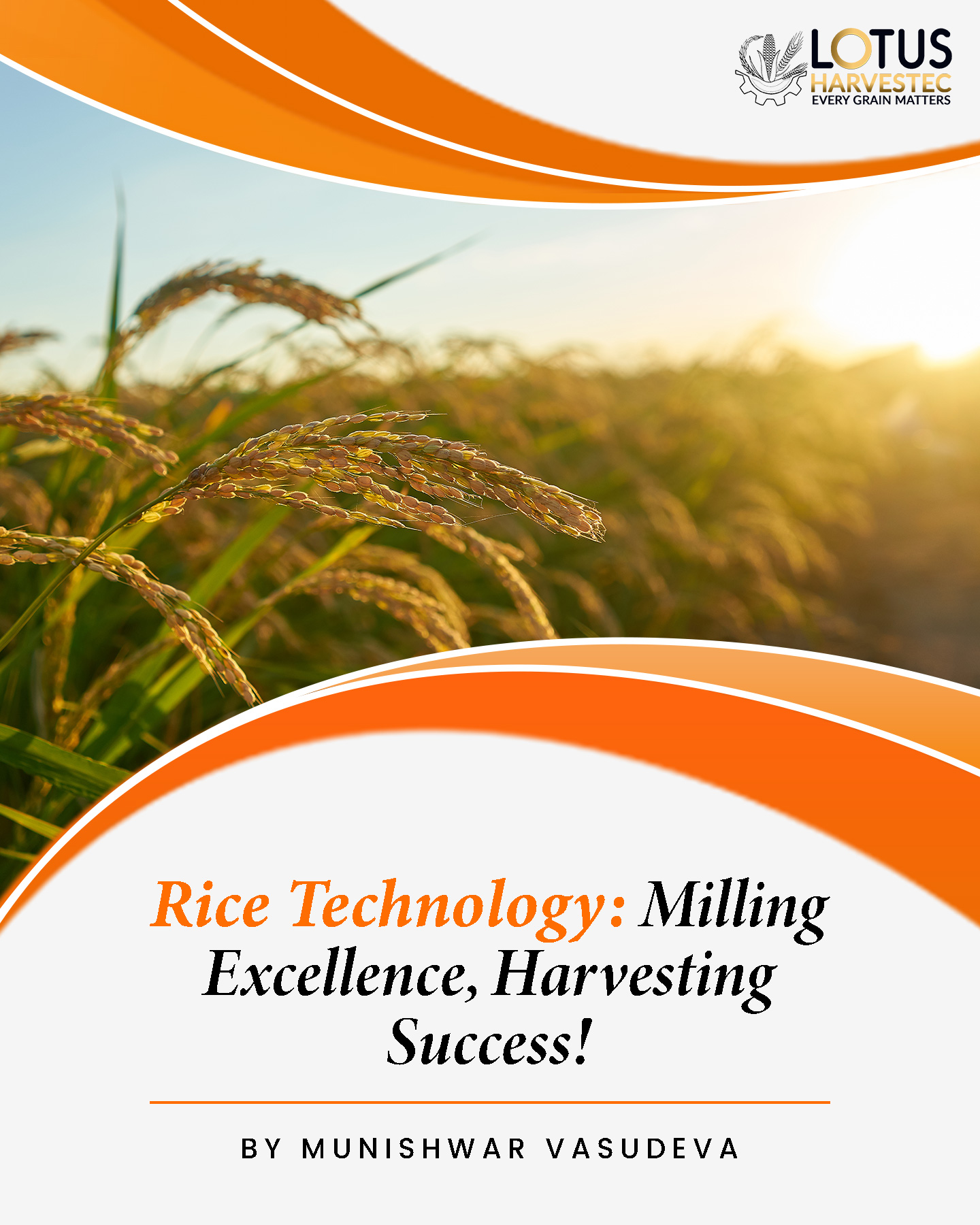
By - Munishwar Vasudeva
Rice Technology
This book explores the complete rice milling ecosystem—from traditional methods to cutting-edge innovations. Designed for millers, engineers, and agri-tech professionals, it focuses on value addition, cost reduction, and commercial scalability of rice processing technologies.
Chapter 1
Drying Of Paddy And Rice
Rice yield from a paddy lot is first defined at the farm level and then the drying is been conducted at the plant level. Milling equipment like De-Huskers and Polishers when properly operated hardly add any broken but if the paddy purchase has itâs own inherent broken %ages and negligence in paddy drying then even the most expensive equipment are of no use.
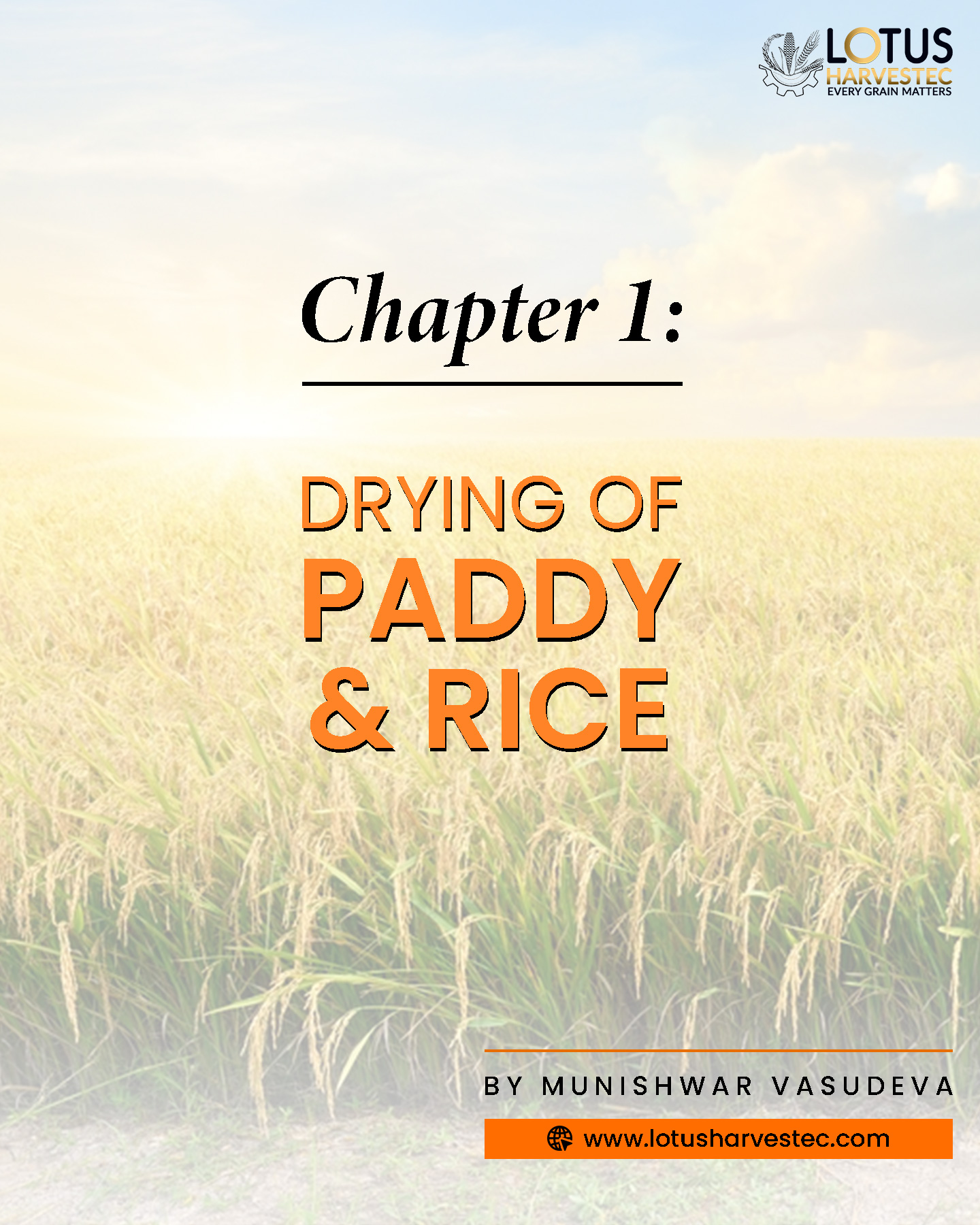
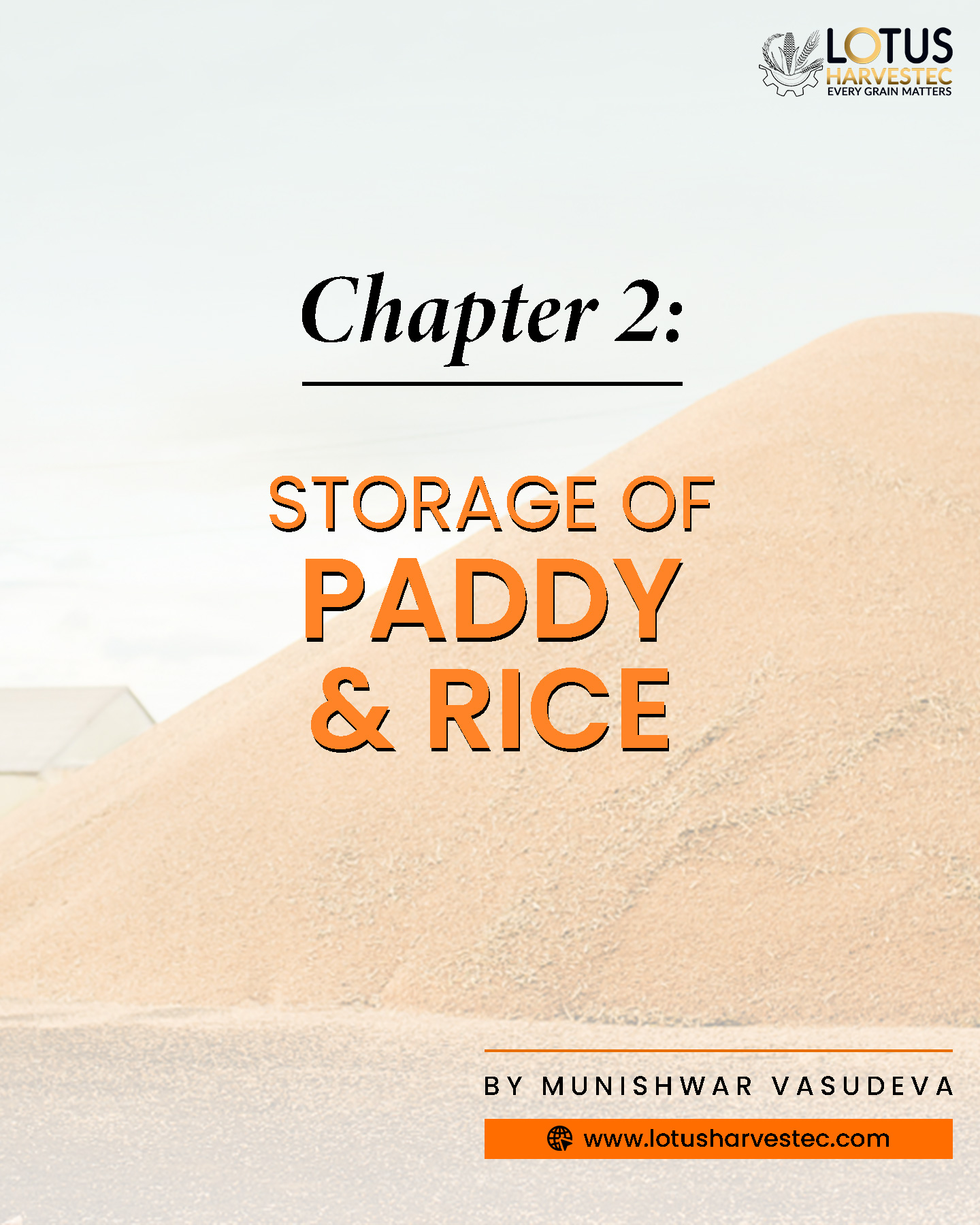
Chapter 2
Storage Of Paddy And Rice
Lot of logical/rational thinking has gone around if paddy to be stored or brown rice or milled rice which may be raw or parboiled rice to be stored in bags or bulk etc. Two major type of paddy like Indica and Japonica has itâs well established practices since decades but itâs evolution from bagged storage to bulk storage is happening at faster pace.
Chapter 3
Rice Milling Intrumentation Of Optimization Of Yields
Lot of automation happens in a reasonably automated rice mill all over the World but it happens in isolation. SCADA/PLC too happens in isolation. A serious attempt can be made to integrate various automation in different process which is been treated in silos per se in isolation where these do not communicate with each other the way it can to make techno commercial decision making much easier and that too on daily basis and if done in a planned way it can give inputs on real time basis
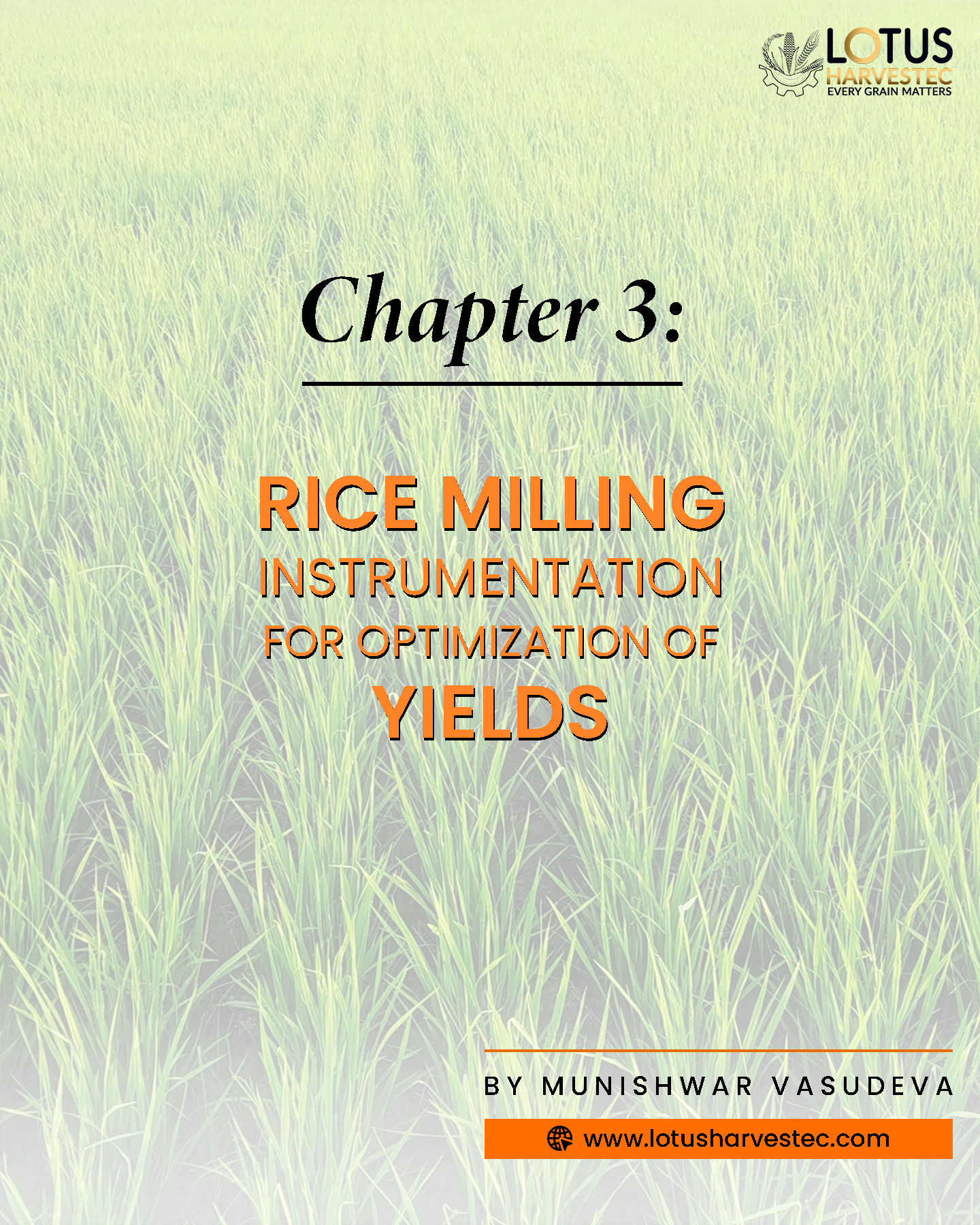
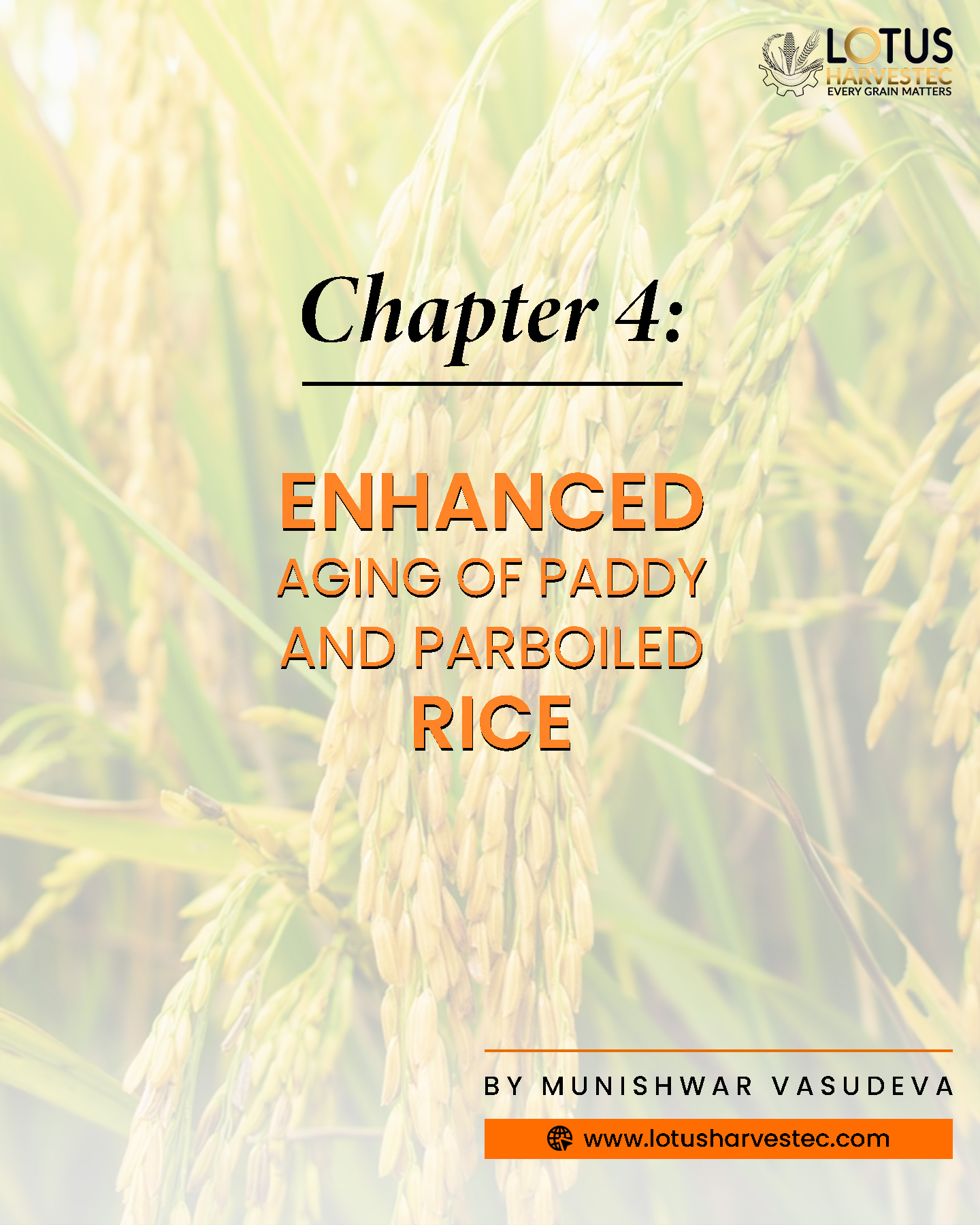
Chapter 4
Fast Ageing Of Paddy And Parboiled Rice
The palatability of Indica variety rice is best served upon aging of the paddy. The aging of paddy happens between 12 to 18 months. The blocked working capital in terms of paddy stocks has bearing on the profits of a rice mill. An investment on doing the fast aging has itâs fast return on investment, in few cases itâs just few months only.
Chapter 5
Retarding Of Paddy Aging And How Not To Lose Paddy Moisture During Storage
Millers in South East Asia where Indica variety paddy is expected to cook better upon aging, have unique process constraints meeting the milling process expectations. Once it was impossible to even think about whole year storage of high moisture paddy without storage losses and microbiological implications but these days of technology has made this almost impossible process technology as very much possible with complete feasibility and zero error.
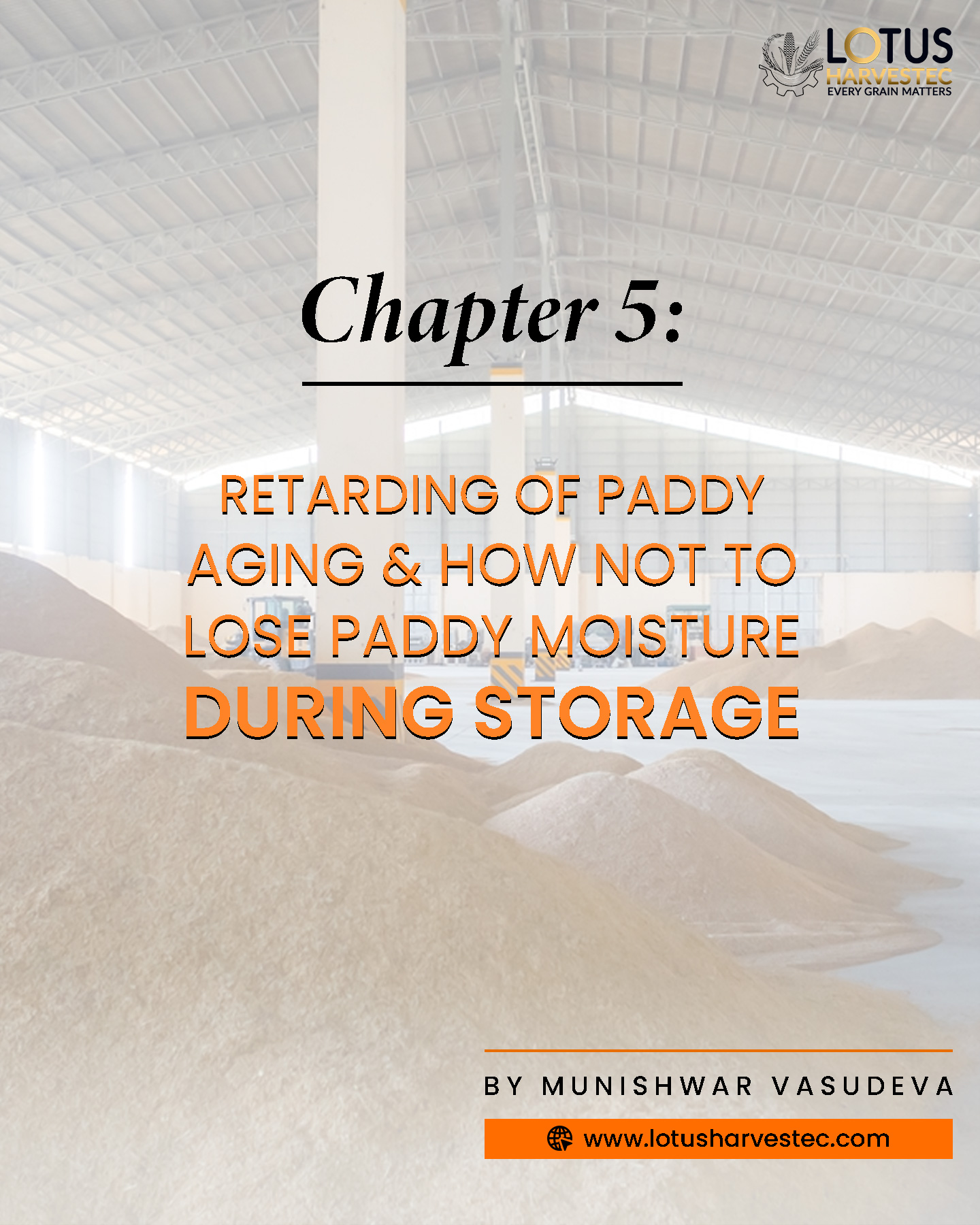
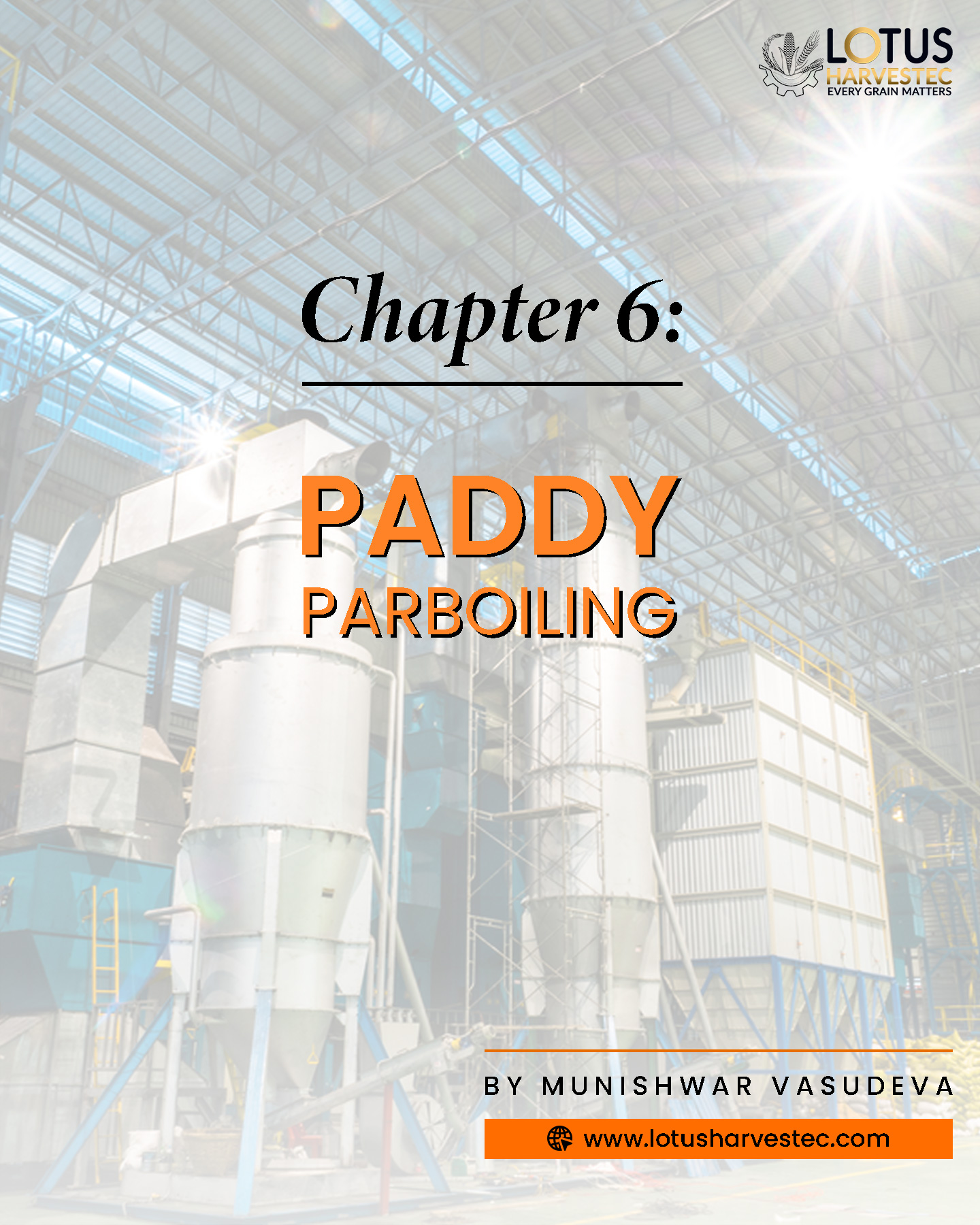
Chapter 6
Paddy Parboiling
Rice Milling becomes challenging and interesting with the advent of Par Boiling process. So much diversified techniques are available all around the World that interested person can spend many rebirths understanding all these technologies as each and every technique is very interesting and meet the expectations of the miller who has adapted it.
Chapter 7
Milled Raw And Parboiled Rice Value Addition Techniques
Expensive technologies are available on pre cooked rice or quick cooking rice have made itâs space in restaurants and airlines services but itâs volume is still very lesser to impact the margins of a miller to noticeable extent.
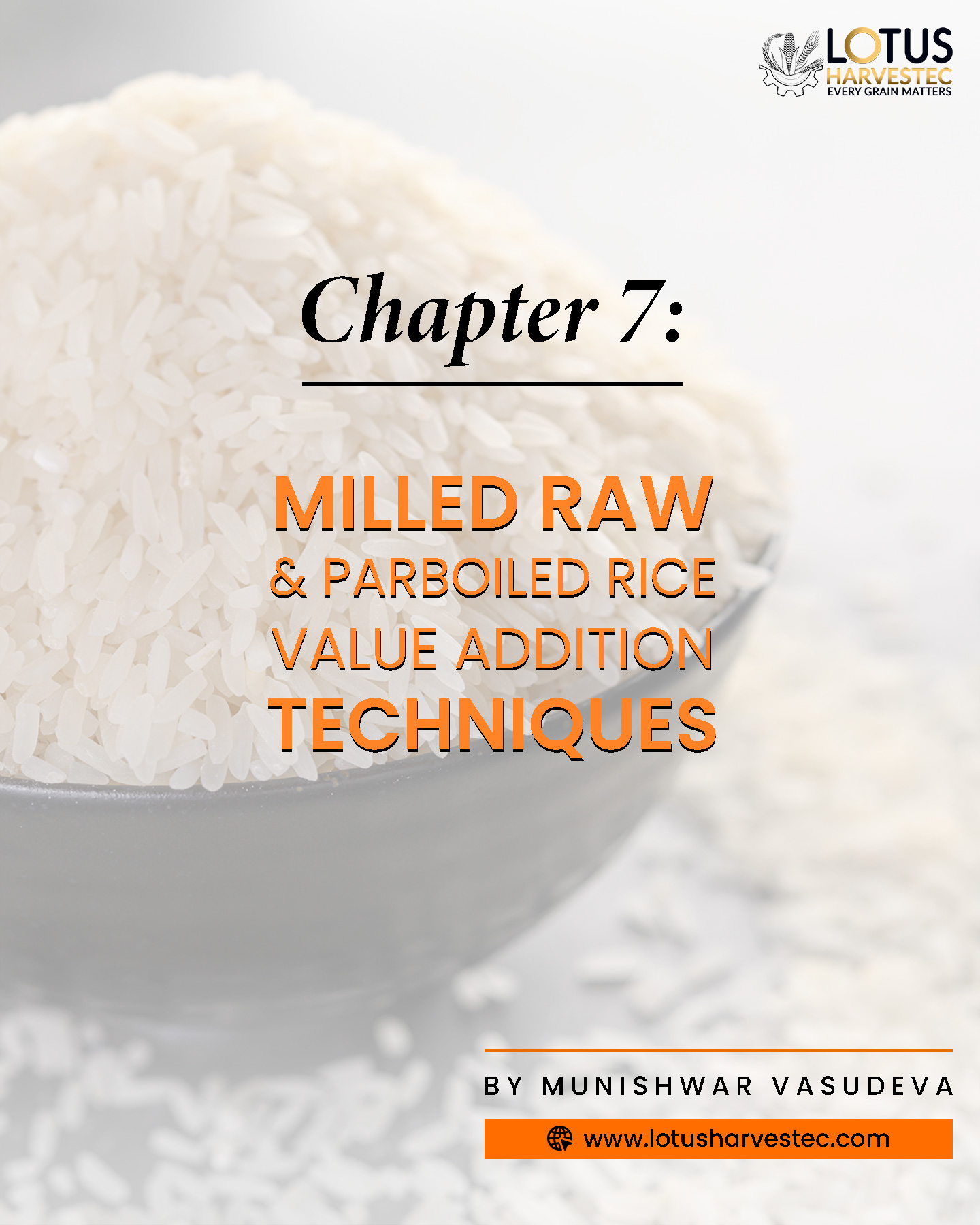
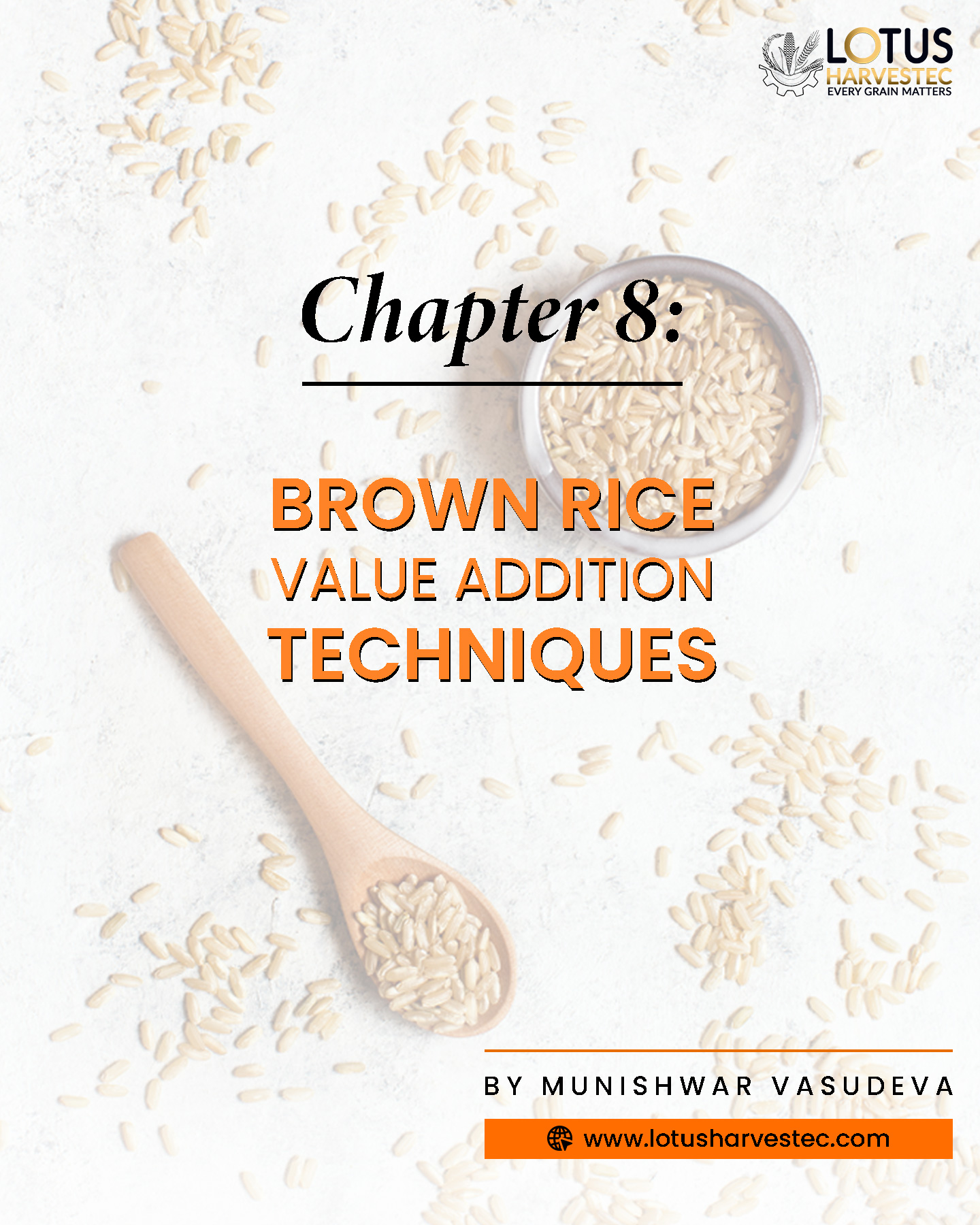
Chapter 8
Brown Rice Value Addition Techniques
The challenge to the millers who are trying to value add the brown rice is to make eating brown rice as exciting or tempting as much milled rice. As is a saying that polishing is an essential evil and eating brown rice is essentially forbidden fruit which needs a place in the society. So far diabetes population is eating as nearest possible compromise to milled rice. Brown rice can be treated as preventive food to avoid sufferings of the future.
Chapter 9
Rice Bran Value Addition Techniques
Like Brewerâs yeast the consumers are buying rice bran as a health supplement and is slowly picking up. The benefits of rice bran vitamins, micronutrients and the oryzanol are well known which provides natural immunity to fight chronic diseases. Demand is there and somewhat awareness is lacking so the rice bran used for Rice Bran oil be better value added by providing clean and pure rice bran power assuring the labelled nutritional contents. This effort of rice bran value addition is not only add profit but a service to humanity satisfaction too is achieved.
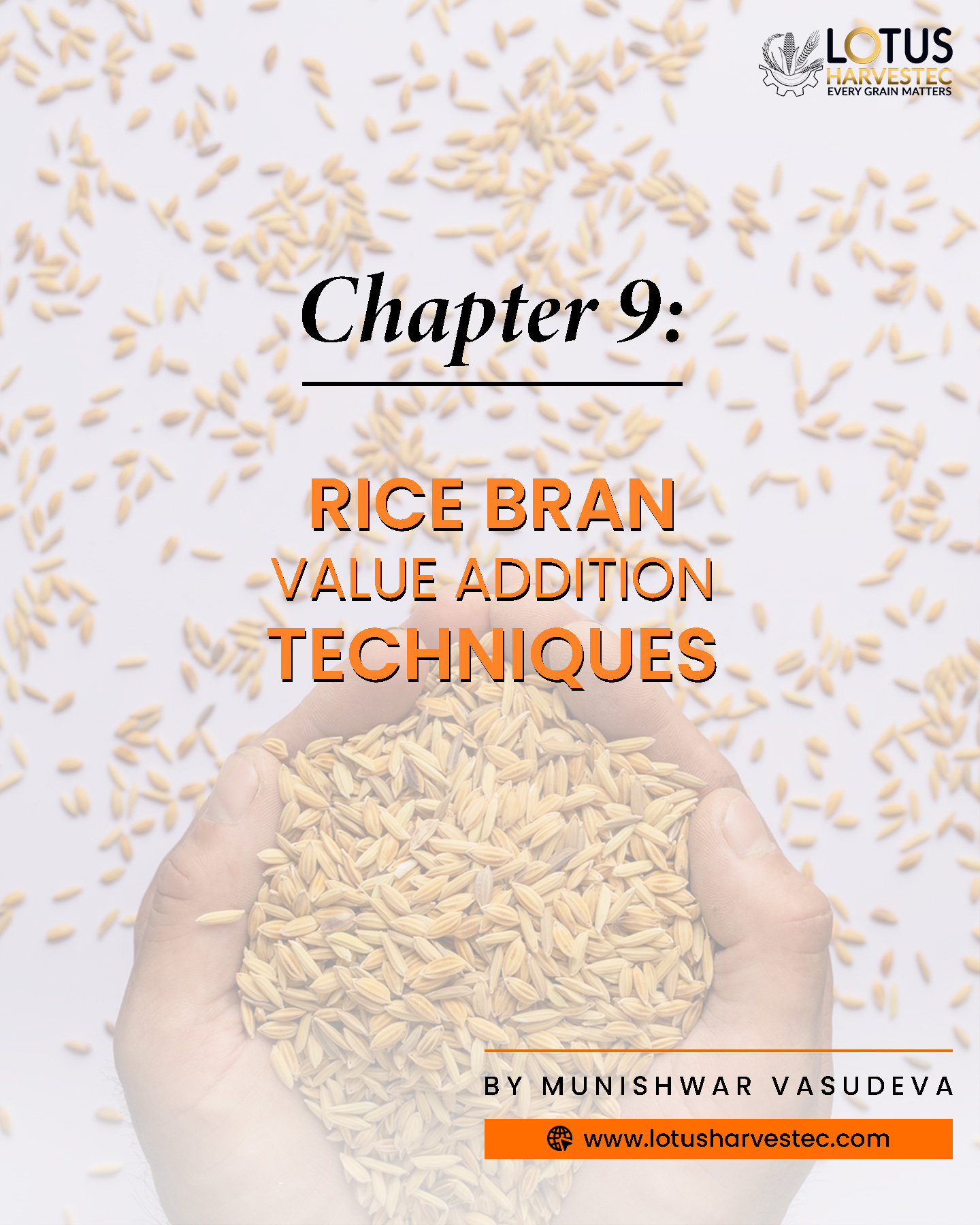
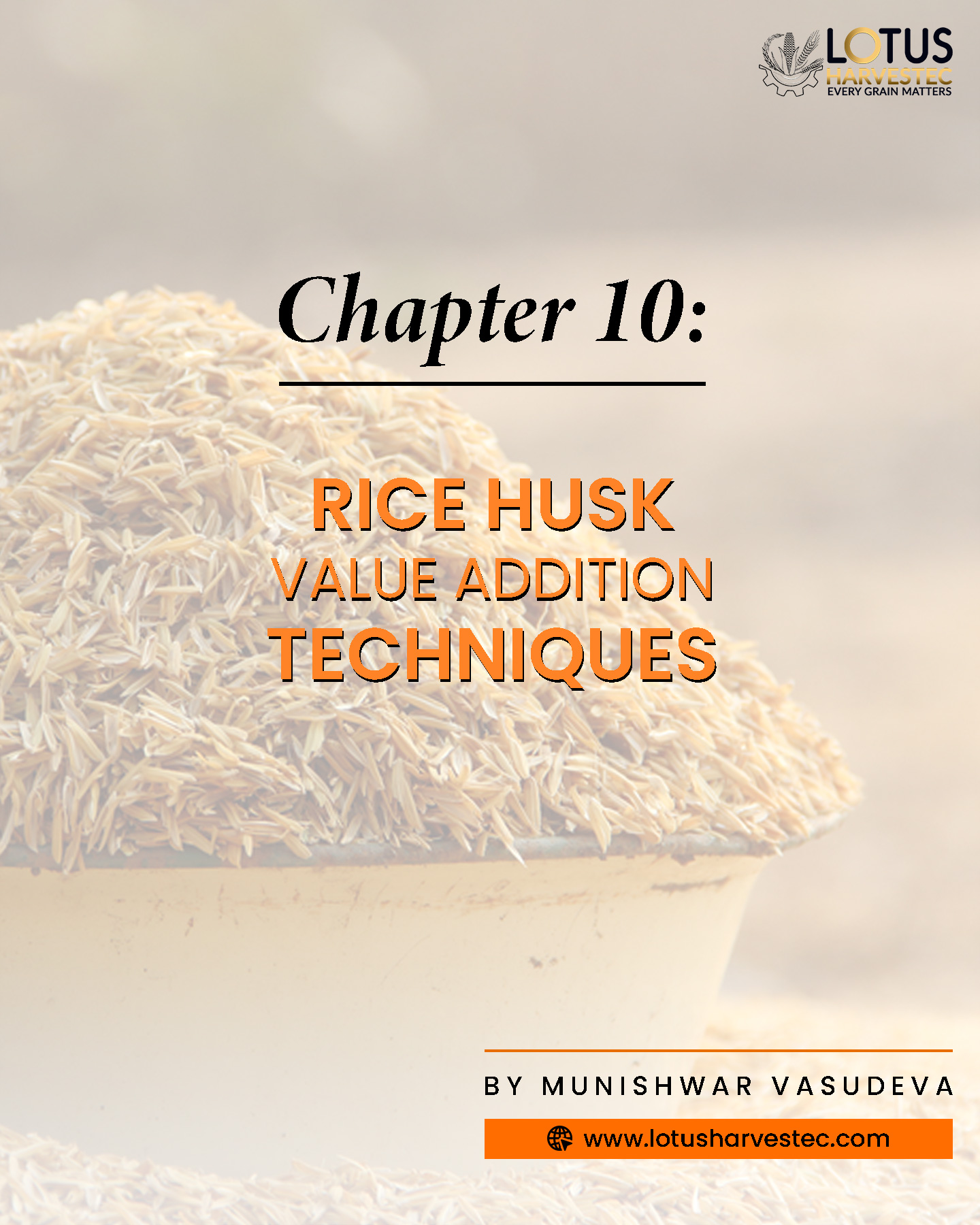
Chapter 10
Rice Husk Value Addition Techniques
Husk has a calorific value of about 2900 Kcal/Kg and 1.3 Kg husk produces power of a Kwhr. A thumb rule should be made to judge a rice mill to consume the power within these limits that no external power should be used to operate a mill. It may look like to be an idealistic idea but very much achievable. Efficient usage of husk energy to generate high pressure turbine where the back pressure is used for parboiling steam consumption or paddy dryerâs steam heat exchangers.
Chapter 11
Rice Fortification
Given the nutritional value of brown rice, it’s laughable that society is engaging in two nutritional practices, fortification and enrichment. If the nutritionally deficient public can be convinced to eat brown rice once a day, all kinds of nutrition deficiency diseases could be eliminated. Polishing is seen as a necessary evil and is taken seriously as a necessity.
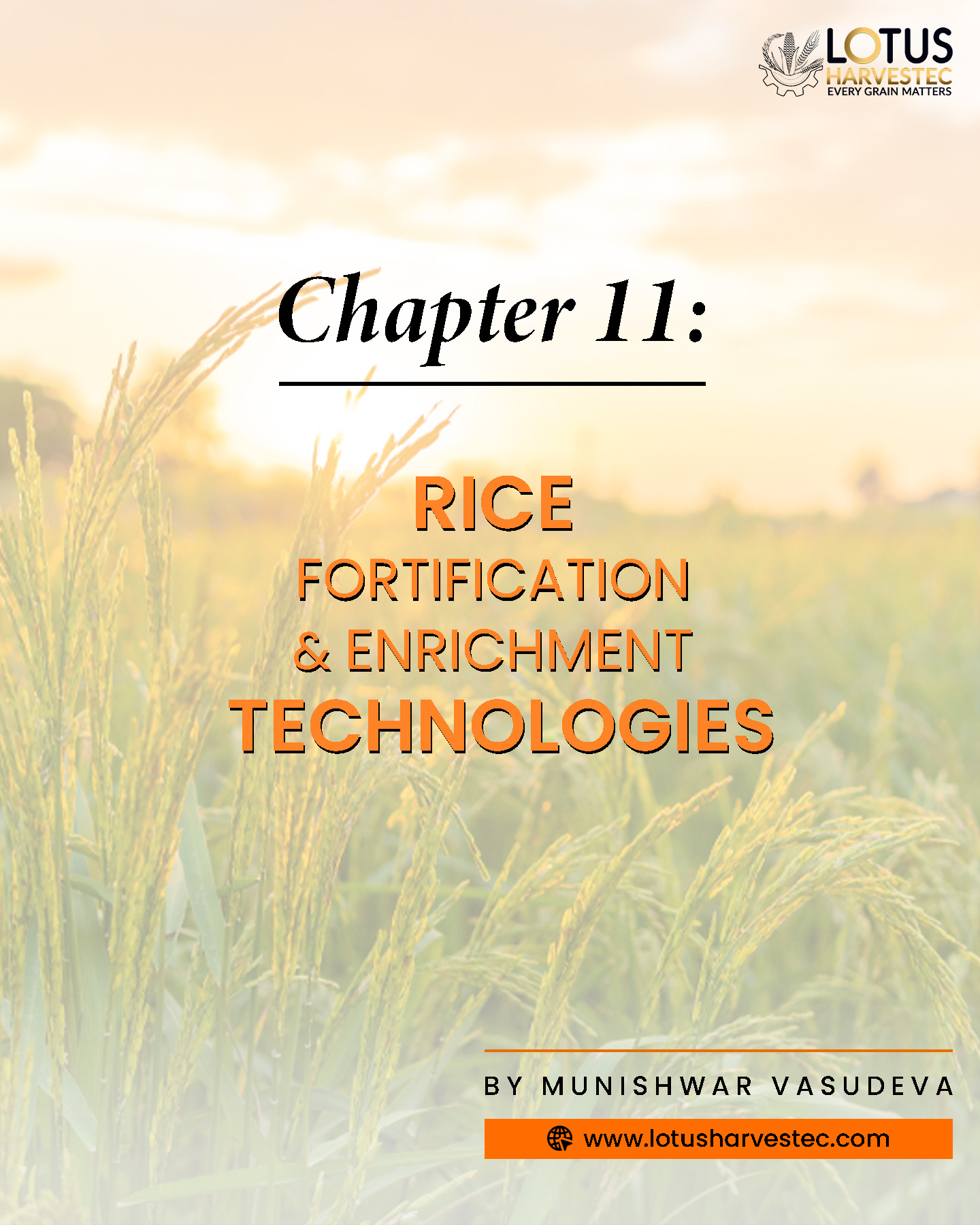
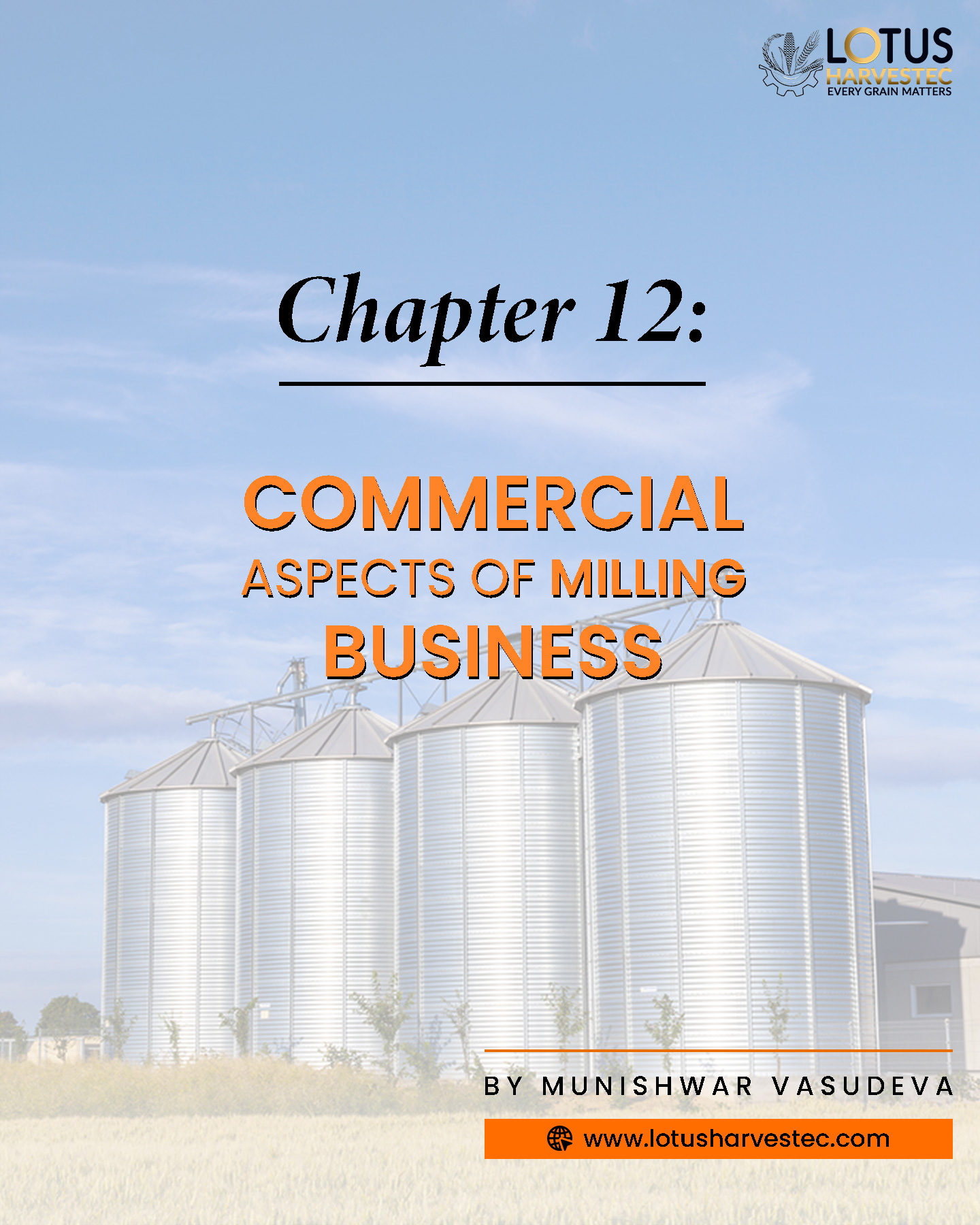
Chapter 12
Commercial Aspects Of Milling Business
The profit or a loss of a mill has impact on the welfare of paddy grower and itâs allied associates. Dual responsibility of a miller is a no nonsense business and making is loss in this business is inexcusable. Demand and supply excuse too can be overcome knowing the possibilities innovations in all techno commercial aspects of milling value chain.

"I am immensely pleased to know that Engineers at Lotus Harvestec are putting their diversified experience into making an Online Skill Development web Portal for Food Grains Bulk Storage and Rice Technology. I would like to wish them good luck for this unique endeavour. "

"Your new endeavor has my wholehearted support, and I extend my heartfelt best wishes for its resounding success. I am genuinely excited about this fresh venture and eagerly anticipate the wealth of knowledge and opportunities that Lotus will bring through this online skill development portal focusing on Food Grain Bulk Storage and Rice Technology.
"

"I know Mr. Munishwar Vasudeva as my student and also as his Research Project Supervisor in MTech at the IIT Kharagpur. He was an outstanding student both in academics and extra-curricular activities, very enthusiastic and charismatic.
Later I had the opportunity to work with him in several Post Harvest Engineering projects as colleague. His unconventional ways of resolving the issues has earned him my admiration and made me proud. Many a time I sought his advice in my research projects.
Vasu is now sharing his experiences in the Post-Harvest Technology and successes on ground globally through his newly launched website @lotusharvestec.com for which I wish success to him and his team."

"Wishing you great success with this."
Curious minds spark conversations.
Have a Question?
Whether you’re pondering a chapter, seeking clarity, or simply wish to connect—we’re here to help.
Knowledge grows best when shared, and we welcome your thoughts, inquiries, and reflections.
